Product series:
The most important point is impermeability! Binoculars that are "only" splash-proof are not recommended. The magnification should not be too high, because especially with stronger waves, the shaking of the hand is worsened the motion of the boat.
When it comes to aperture, we do not recommend binoculars that are too small. Of course, an important deciding factor is whether you will use the binoculars only for day-time tours and good light, or if you will be on the water for several days and nights. Navigation aids such as a compass or a reticle can be very useful.
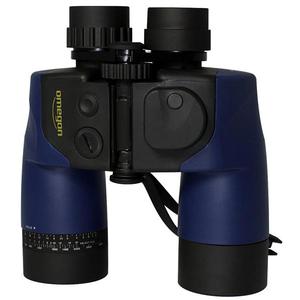
Omegon
Binoculars Seastar 7x50 with Compass(analog)
$ 199.00
ready for shipping in 24
h
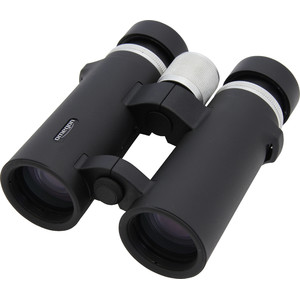
Omegon
Binoculars Talron HD 8x42
$ 129.00
ready for shipping in 24
h
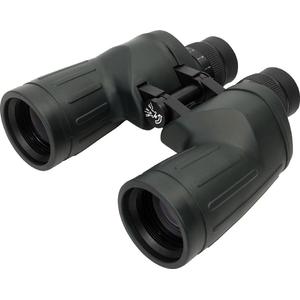
Omegon
Binoculars Brightsky 7x50
$ 319.00
Sale price:
$ 228.00
ready for shipping in 24
h
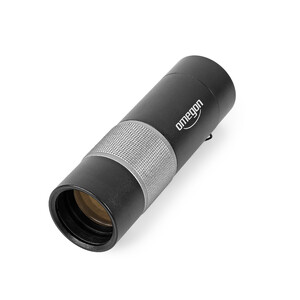
Omegon
Monocular Mono 8x32 ED
$ 199.00
ready for shipping in 24
h
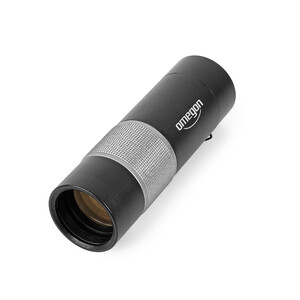
Omegon
Monocular Mono 10x32 ED
$ 199.00
ready for shipping in 24
h
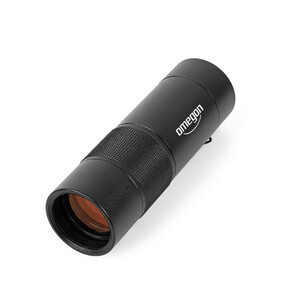
Omegon
Monocular Mono 10x32
$ 169.00
ready for shipping in 24
h
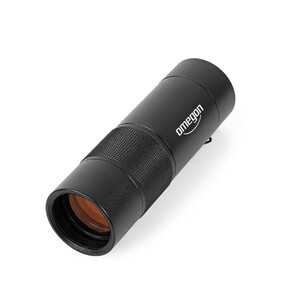
Omegon
Monocular Mono 8x32
$ 169.00
ready for shipping in 24
h
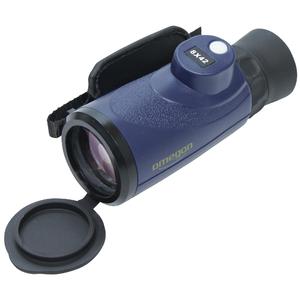
Omegon
Seastar 8x42 monocular with compass
$ 129.00
ready for shipping in 24
h
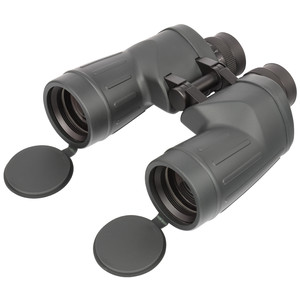
Omegon
Binoculars Brightsky 10x50
$ 329.00
ready for shipping in 24
h
What is important when selecting binoculars for sailing?
The "very good" rating for binoculars is achieved if they meet the following criteria:
- Magnification between 7 – 8 times
- Front lens diameter min. 50 mm
- Exit pupil: from min. 5 mm
- The field of view should be at least 120 m
- The porro prism design is preferred, as the image looks more three-dimensional, and the binoculars tend to shake less
- Useful accessories such as a compass, a reticle or a swimming belt have a positive influence on the evaluation.
For a "good", the binoculars must achieve these values:
- Magnification: max. 10 times
- Front lens diameter: min. 40 mm
- Exit pupil: min. 4 mm
- Field of view: min. 110 m
For a "medium" we will accept:
- Magnification: max. 12 times
- Front lens diameter: min. 30 mm
- Exit pupil: min. 4 mm
- Field of view: min. 90 m
We rate binoculars as "not recommended” for sailing if the exit pupil is less than 4 mm. In addition, binoculars for use at sea must in any case be waterproof.
